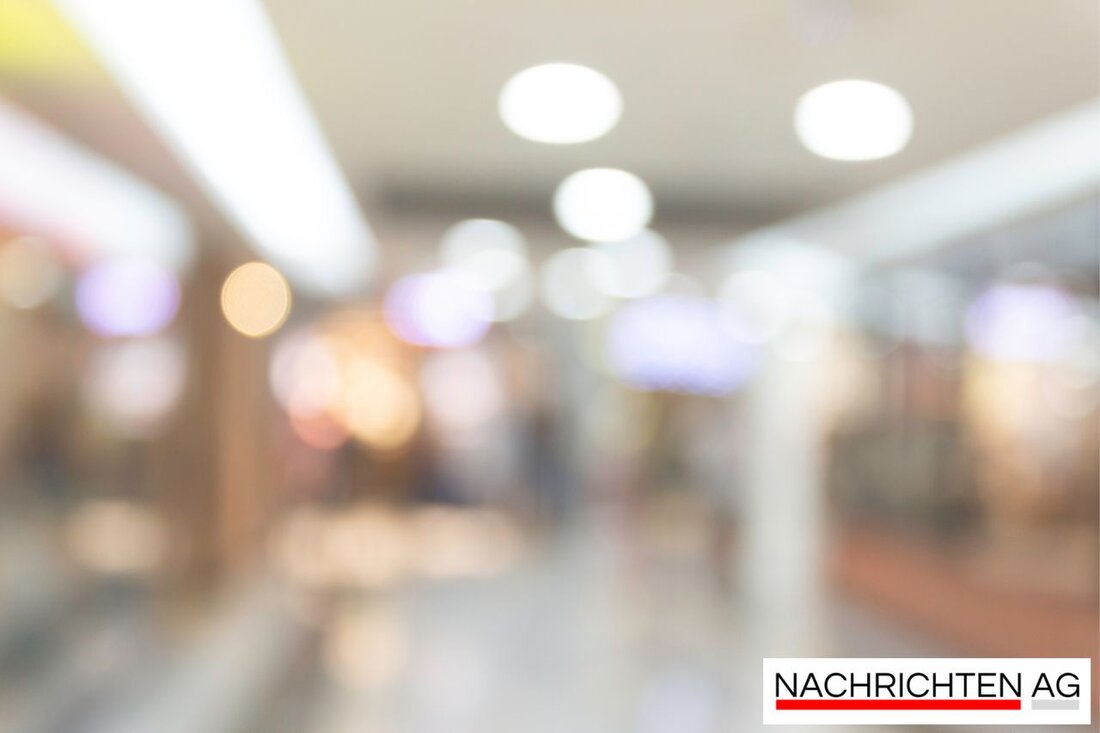Fish hotel and reef: Kiel creates new habitat for marine species!
Kiel is renovating the Friedrichsort ferry pier and creating an artificial reef to promote marine biodiversity.

Fish hotel and reef: Kiel creates new habitat for marine species!
In Kiel, something big is currently happening at the Friedrichsort ferry pier: renovations are scheduled to begin there at the end of July 2024. This delay of almost a year, caused by numerous discoveries of explosives, including around 2,000 individual parts such as explosive grenades and cartridges, is causing a stir. But despite all the challenges, there are also bright spots. Holcim is investing in an exciting project: an artificial reef made of CO₂-reduced concrete that is intended to promote marine habitat. With its dimensions of 1.7 meters wide and 14 meters long, it will serve as a compensatory measure for explosive ordnance clearance and support coastal protection measures, as kn-online.de reports.
The mooring head will be renovated and widened as part of the work to accommodate the flood and normal levels. Back in June, 400 concrete blocks, known as X-Stones, with a total weight of 17 tons were sunk. The artificial reef will cover an area of 24 square meters and will serve as a new home for marine biodiversity, particularly mussels and other organisms. Biologists will monitor the vegetation and colonization of the reef to analyze its effectiveness.
Promoting biodiversity
The artificial reef is more than just a habitat - it could also act as a natural breakwater and has a better carbon footprint than imported boulders. Jens Ewert, consultant at Holcim Germany, speaks of the need to create such refuges to promote the return of underwater life in areas with declining biodiversity, as holcim.de confirms.
The idea of using artificial reefs has a long history. They have been researched since the 1970s and have proven effective in many projects. In Nienhagen on the Baltic Sea, for example, an artificial research reef was created that, with around 1,400 concrete elements, has a higher biodiversity and juvenile fish density than unaffected regions. These positive results show that artificial reefs can make a significant contribution to maintaining and increasing biodiversity, as Thomas Lorenz from the Institute for Fish and Environment (FIUM) reports. FIUM was significantly involved in the scientific studies that are now also being carried out in Kiel.
Global developments and opportunities
Artificial reefs are not just a local phenomenon. Worldwide, they offer innovative solutions to restore damaged marine ecosystems. These projects combine technological innovation with the aim of environmental and nature conservation. From successful initiatives for diving tourism in Latin America to special concrete structures that support coastal protection, the possibilities of these measures are evident. In some regions, such as the Gulf of Fonseca in Honduras, the creation of artificial domes as refuges for fish has been actively promoted, strengthening regional fisheries, as renovablesverdes.com reports.
Experts emphasize the importance of paying attention to the sustainability of the materials used when developing artificial reefs. And collaboration between public, scientific and local institutions is also seen as crucial to the success of these projects. Ultimately, the focus is not only on coastal protection, but also on the return and preservation of the wonderful underwater biodiversity that needs to be protected.

 Suche
Suche
 Mein Konto
Mein Konto